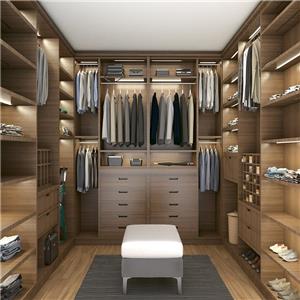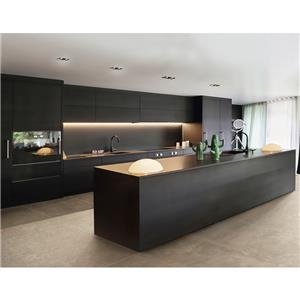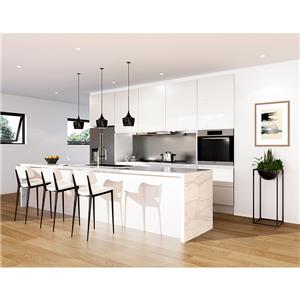Development trends of cabinet products in 2024
Development trends of cabinet products in 2024
I. Introduction
The development trend of China's cabinet products in 2024 is the integration of youth, minimalist design and functional innovation. In terms of design, the Italian minimalist style is highly praised, and handleless cabinets have become mainstream because of their simple lines and efficient space utilization; materials and craftsmanship emphasize environmental protection and quality to meet consumers' pursuit of healthy living. Technically, intelligence and customization have become trends, such as intelligent storage systems and ergonomic applications to improve user experience. At the same time, supply chain management and marketing strategies are constantly innovating to adapt to market changes. It is expected that in the next few years, we will continue to focus on green manufacturing, personalized needs and whole-home customized solutions.
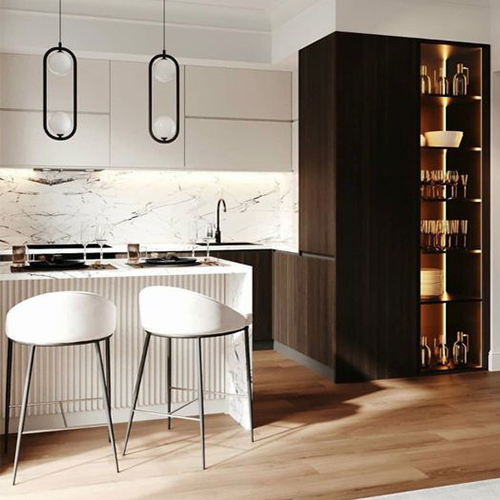
II. Product upgrade and innovation
1.Quality: Cabinet product design pays more attention to details and quality, and high-end products are increasingly favored by the market.
2.Personalization and humanization: Consumers’ demand for cabinets is no longer limited to basic functions, but also pursues personalized customized solutions that meet personal aesthetics and living habits.
3.Functional integration: Intelligent elements are integrated into the cabinet design and integrated with the smart home system to realize functions such as intelligent storage and sensor control.
III. Green
Environmentally friendly materials: Cabinet manufacturing companies use more green, environmentally friendly, and sustainable materials to produce cabinets, which is in line with consumers' pursuit of healthy life and the requirements of national environmental protection policies.

IV. Industrial production and technological progress
1.Scale, automation, and modernization: Cabinet manufacturing companies improve production efficiency and product quality by introducing advanced production equipment and technology, and achieve large-scale production and refined management.
2.Standardization and modularization: Cabinet design and production tend to be standardized and modular, which facilitates installation and maintenance while reducing production costs.
V. Brand building and service optimization
1.Branding: As consumers' brand awareness increases, cabinet brands will further strengthen their image and services to create differentiated competitive advantages.
2.Complete service value chain: Provide one-stop solutions, including professional consulting, design, distribution, installation, after-sales and other comprehensive services to enhance customer experience.
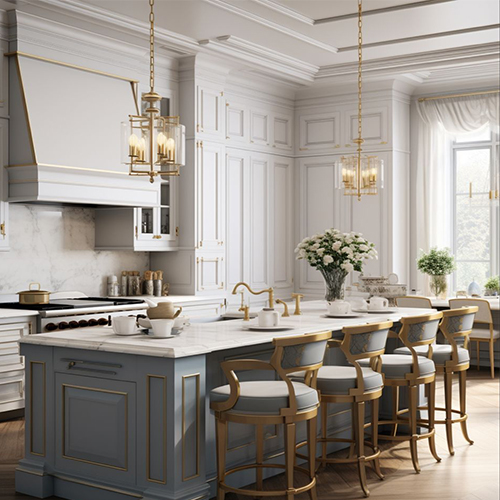
VI. Diversified sales channels
1.Expansion of e-commerce channels: Online sales have become an important channel, competition on e-commerce platforms has intensified, and companies need to strengthen their online layout and marketing strategies.
2.Transformation of offline physical stores: The functions of physical stores are gradually transformed into experience centers, combining online and offline sales models to provide a more convenient shopping experience.
VII. Adapt to changes in market demand
Destocking and fine decoration: Facing changes in the real estate market, especially the trend of fine decoration in residential buildings, the cabinet industry needs to flexibly adjust its product structure and provide supporting solutions suitable for the fine decoration market.
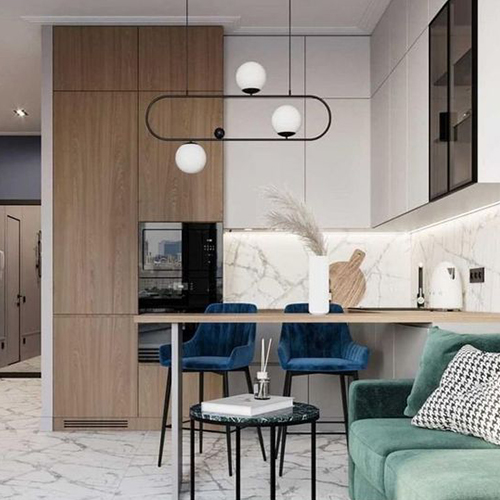
VIII. Price and promotion rationalization
Although industry profits have increased due to sales volume, prices may tend to decline due to factors such as market competition and cost control. Promotional activities will also be more rational, emphasizing real value delivery rather than pure price wars.
IX. Conclusion
The development trend of cabinet products in 2024 shows the characteristics of equal emphasis on diversification and intelligence. On the one hand, customized and overall kitchen solutions are increasingly favored by consumers, and the new middle class and the elderly have obvious consumer demand for personalization and quality. On the other hand, smart elements such as embedded appliances and Internet of Things function integration are being integrated into cabinets. There are more applications in design to achieve a convenient and efficient kitchen life experience. The improvement of environmentally friendly materials and production processes is also an important direction to meet consumers' concerns about a healthy home environment. In addition, as the international trade environment changes, the import and export structure of cabinet products will continue to be optimized and adjusted, and brand competition will focus more on innovative design, service systems and environmental protection standards.


